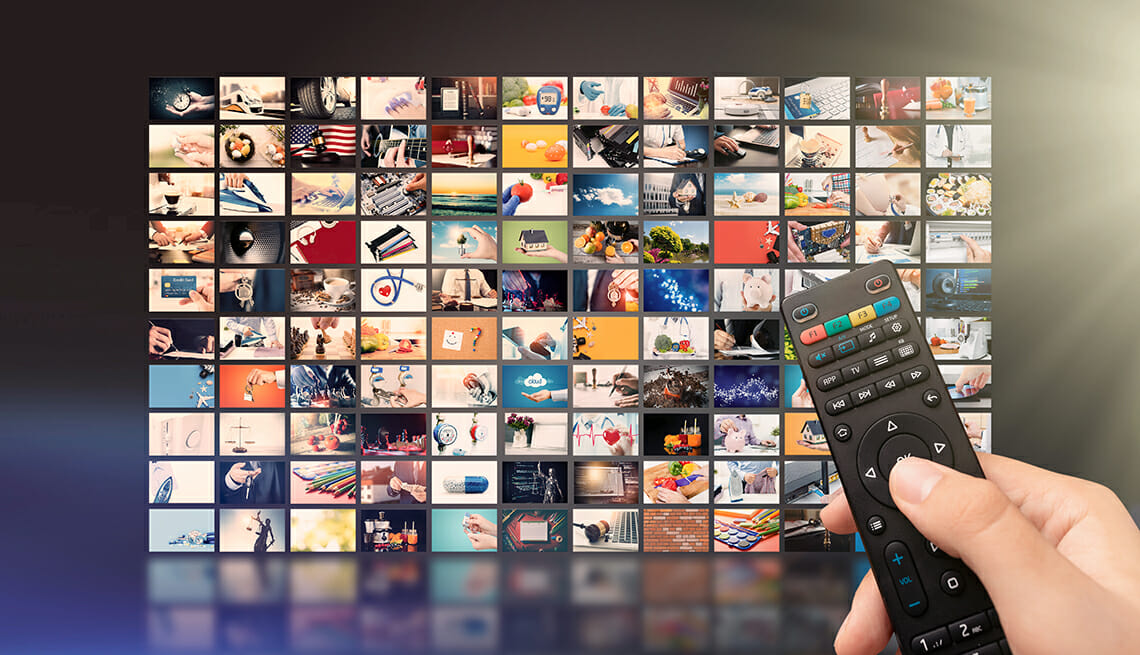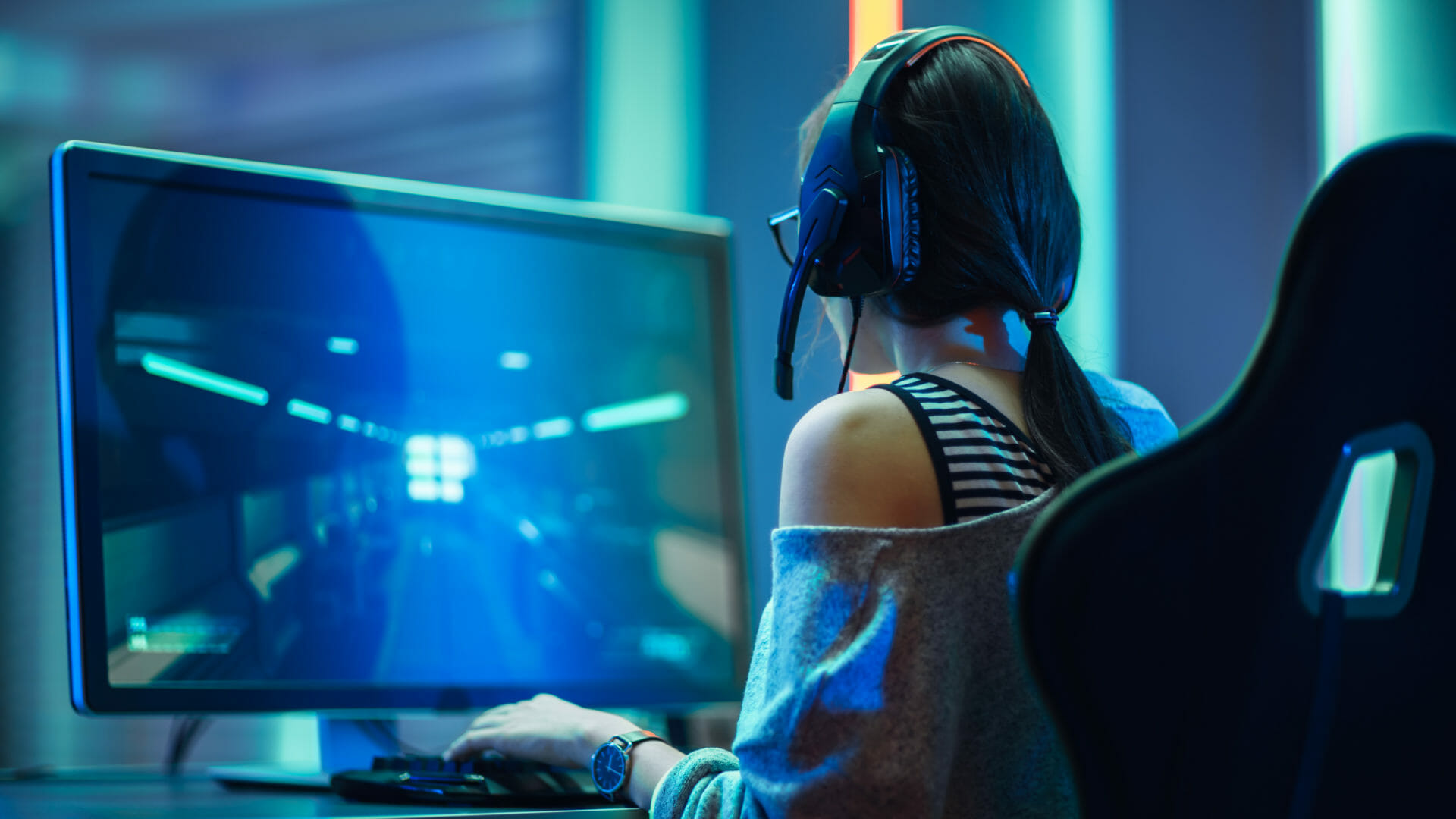Table of Contents
What to Know in Measuring RAM
When streaming, many factors affect measuring RAM or memory usage that you ought to consider. First, is the streaming application that you are using. Secondly, what are you trying to stream?
For example, here are some of the many different types of streaming uses you may find: streaming software, streaming movies, streaming games, streaming pc, etc. Of course, you can also be the one doing the live streaming, which will have its own requirements to do the entire video streaming.
All of these require their own streaming setup, RAM requirements, and computer system that will affect streaming quality - and therefore how much RAM you will need.

Streaming Software
Streaming software is very popular - you see it in numerous YouTube uploads, tutorial videos, popular game streaming videos, and more. Just about every single channel will have some video where they use Open Broadcast Software.
It is a very popular choice, even with more demanding games it tends to run smoothly, so long as you invest in your PC build to get as much RAM to be enough for streaming.
How much RAM? It will take around 150-300MB of your RAM usage when opened.
It seems like a lot of streaming requirements, but it is a sufficient amount needed to keep multiple applications and multiple tasks running. Keep track of the 150-300MB, that number will go towards the final count of GB of RAM your upgrade will need to run smoothly with the highest streaming quality possible.
Web Browsers
It may be confusing to some, but looking up other pages - while already watching a live stream - takes up more RAM. All those other videos, photos, and web pages are small, but they can affect your stream quality if they are taking more RAM than you can support.
In a short answer, close unneeded tabs to get better performance from your stream quality.
It may use another 50-300MB of RAM, depending on what you are streaming.
It may use another 50-300MB of RAM, depending on what you are streaming.
Live Broadcast Window
Very common for informative YouTube videos, Twitch users live streaming popular games, new games, and many more applications.
Some use this for their Facebook Live accounts, some just want to stream games for their online community. Either way, choosing the right RAM enough for streaming will be crucial to avoid frame rate issues, poor stream quality, or general glitch-y PC behavior - see 'RAM DDR3 vs DDR4'.
Discord or Chat Servers

While live streaming, having a third party software chat server, like Discord or Facebook Live up is very important in streaming today. It is helpful in engaging with, and at the same time building, your own community of followers.
It is common when live streaming games, to reply to comments, to send out donation gratitude, or answer any other questions your audience might have.
How much RAM? This likely will take an additional 200MB of your available RAM.
Streaming Movies, TV, and Video
How common is it nowadays to have all of your film, tv, and video entertainment at your fingertips? The apps are right there on your smartphone at any time.
To stream movies in the current format standards is simple, and does not require too much RAM to accomplish. Most video, film, and tv is transmitted to your device in standard high definition. That is 1080 x 1920. Those files are much smaller, with far less data to interpret than say 4K video. These days, 16GB of RAM is considered to be the sweet spot for streaming videos. However, if you want to avoid future upgrades and need to stream high-quality content, it’s always better to go for the best 32GB RAM to avoid lags.
The main thing that could cause a hold up is if your existing RAM is occupied by other background tasks.

For example, you might take a break from gaming by leaving the game open while switching over to Netflix on your Internet browser. Add on top of that your chat server is on in the background. And your Internet browser has a whole lot of other tabs open.
It would not be the Netflix site's fault that there is playback issues. In this reality, your RAM could just be overused.
The easier fix would be to close your unused tabs, save your game and close the application, and close the chat server while not using it.
All of those tasks would reduce the amount of RAM being used and therefore allow it to focus on the Netflix site playback. And voila! Your favorite Korean drama is running at full speed ahead, along with the tears rolling down your cheeks.
Going back to what we said earlier, streaming 4K video will be a slightly different set of hurdles. It is mainly similar to 1080p, but you will have to have a more robust RAM system to ensure smooth playback.
In addition to the higher amount of RAM needed, you will also need a more powerful graphics card (GPU) to reproduce the images in their intended way. A 4K video file can be 3-4 times the size of a 1080p file, so your computer will need to keep up.
In this case, monitor your RAM usage in real time to see if streaming in 4K is doable. And honestly, with the current high definition video format standards, 1080p HD is still a good option if you can live with that.
Streaming Games
Keep in mind the statements we made above about using multiple processes - or many applications running - at the same time. When you are streaming most games, it is highly likely that you will be using a chat server or some kinds of communication additional features to enhance your gaming experience.
For actually streaming games, the amount of RAM required is dependent on the game you are playing. Games today require varying levels of RAM to play them based on the complexity of the game's internal universe, not to mention the varying levels of RAM being used within the game.
With a higher frequency of interactive material or constantly updating world features, you will no doubt need the RAM (and graphics card) enough for streaming.

A good way to approach this issue is to find the game with the highest RAM system requirements and then use that number to determine the amount of RAM do you need.
Most streamers will say that 16 GB of RAM should get the job done for most of your games and streaming needs.
Side Note: You can either get two sticks of 8 GB RAM units, or for a little extra cash - one stick, a 16 GB RAM single stick. The benefit of going with a single channel RAM is that most PC computers have two slots (or channels) available for the RAM sticks to go into. Therefore, leaving one slot available for additional RAM later, can be the sweet spot for further expansion if needed.
The game itself will take up more of your RAM than the actual streaming software. If you're curious about how much RAM you are using in real time, there is third-party software that can give you direct current usage of your RAM, graphics card (GPU), and CPU (central processing unit).
If you want to optimize your RAM usage while streaming games, you should consider freeing up more memory and reducing memory consumption. Basically, if you lower the amount of graphics work the computer has to do, then your RAM needs will go down too.
Examples of reducing memory consumption inside the game would be minimizing background refresh, or scaling down your viewing distance. You can think of ways to stream games more efficiently this way if you have the need.
Streaming PC
Some wonder if going PC or Mac is better for streaming. Most will go with PC due to its interchangeable parts, lower overall cost, ability to be dedicated streaming PCs.
The more easily interchangeable parts makes the PC very customizable. From the bevy of options of CPUs, such as Intel Core and AMD Ryzen. Getting an option on the main operating system, like Windows Vista or Linux. And of course, choosing the brand and amount of RAM you need within your computer. PCs have more parts options to choose from.
Those parts options give it a lower overall cost, so long as you're willing to do the work to assemble the parts. The benefit of Mac is that the computer is built for you, saving you time but raising the cost.
Some may suggest that you get yourself a dedicated streaming PC with a capture card. This option is interesting because (depending on each setup) there is likely plenty RAM enough for streaming, but at what cost.
It is essentially a whole other computer that manages your streaming files and uploads to the Web for live streaming. The idea is to take the stress off of your gaming PC so it doesn't have to run the gaming applications while also packaging and uploading the content to the Internet.
The thing is that your gaming PC is very likely to be able to handle that kind of workload so long as it has the right parts (and you've done your homework). You can save the money you would spend on a whole other build and spend it on higher end parts (like the GPU, CPU, and RAM) to ensure that you only need one really good setup.


